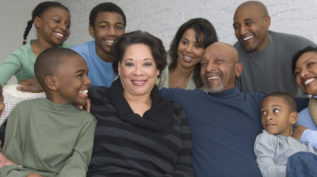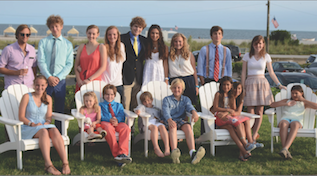
Generations of Giving
Based upon a study of foundations in the United States and Canada that have survived through at least two generations, the authors ask probing questions, including: Why were these foundations started? How did the families of the founders come to be involved? And how did they organize themselves to do their work from year to year, decade to decade?








